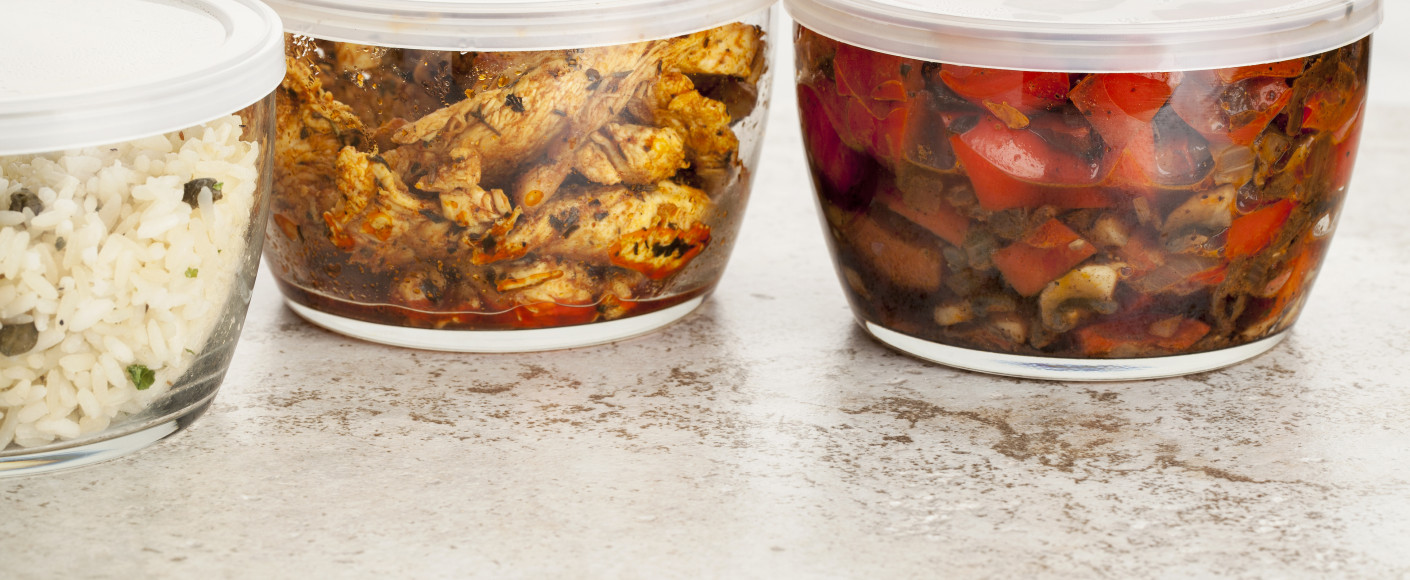Six Tips to Safely Store Leftovers
Who doesn’t love leftovers?! Enjoy a delicious feast for days, or save some time by prepping several meals in one fell swoop. Plus, we all know there are plenty of dishes that just taste better after the first day
So, what’s not to love about leftovers? Well, if they aren’t stored correctly, they can make you sick, and no one loves food poisoning.
Harmful bacteria that grow on food can cause foodborne illnesses ranging from inconvenient stomach upset to fatal reactions. So, follow these simple tips to store and reheat leftovers to keep your family healthy and safe.
1. Keep it cool.
Check your refrigerator to make sure it’s set at a safe temperature. Chances are you haven’t thought about your temperature setting since you got your refrigerator installed. Since bacteria grow in warm conditions, take a moment to make sure your temp isn’t too high. You’ll want the refrigerator set to 40 degrees or below and the freezer to 0 degrees or below.
2. Pack it up promptly.
Food shouldn’t be left out for more than two hours (or one hour if the temperature is over 90 degrees), according to the USDA. Tempting as it is to leave a turkey or ham out so you can nosh on it all day long, it’s better to put it in the refrigerator as soon as possible.
3. Smaller is better.
When storing leftovers, use small containers to help food cool more quickly. Think shallow containers for sauces and sides. And if you’ve got a large cut of meat — like a turkey or ham — carve it into smaller portions and store those in smaller containers.
4. When in doubt, throw it out.
You’ll want to eat refrigerated leftovers within three to four days and frozen leftovers within three to five months. Beyond that your food won’t taste as good, be as nutritious, or be as safe to eat! Although it may be painful to bid farewell to delicious leftovers, it won’t be nearly as painful as getting sick. Right?
5. Thaw with caution.
When it’s time to enjoy leftovers from the freezer, don’t set them on the counter to defrost! Instead, put them in the refrigerator, microwave them, or use the cold-water method — place them in a waterproof container, submerge them in cold tap water and change the water every 30 minutes until they’re thawed.
6. Heat smart.
Cook frozen leftovers as soon as they’ve finished thawing! The USDA recommends heating them to 165 degrees. Use a lid when reheating to ensure food heats through and doesn’t dry out.
Remember, these tips apply to any leftovers, whether they come from a restaurant or your own kitchen. There’s no reason not to enjoy a wonderful meal a second — or third — time, as long as you handle the food properly. Bon appetit!

